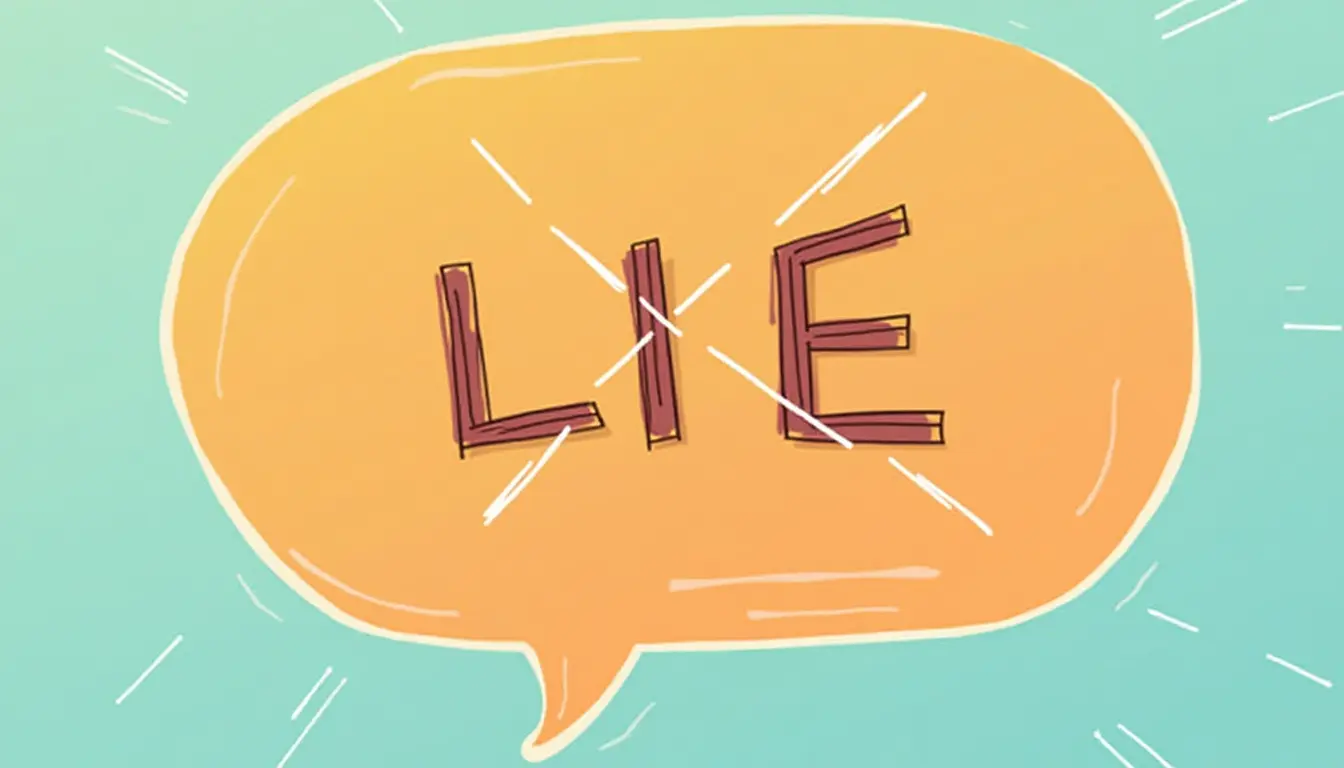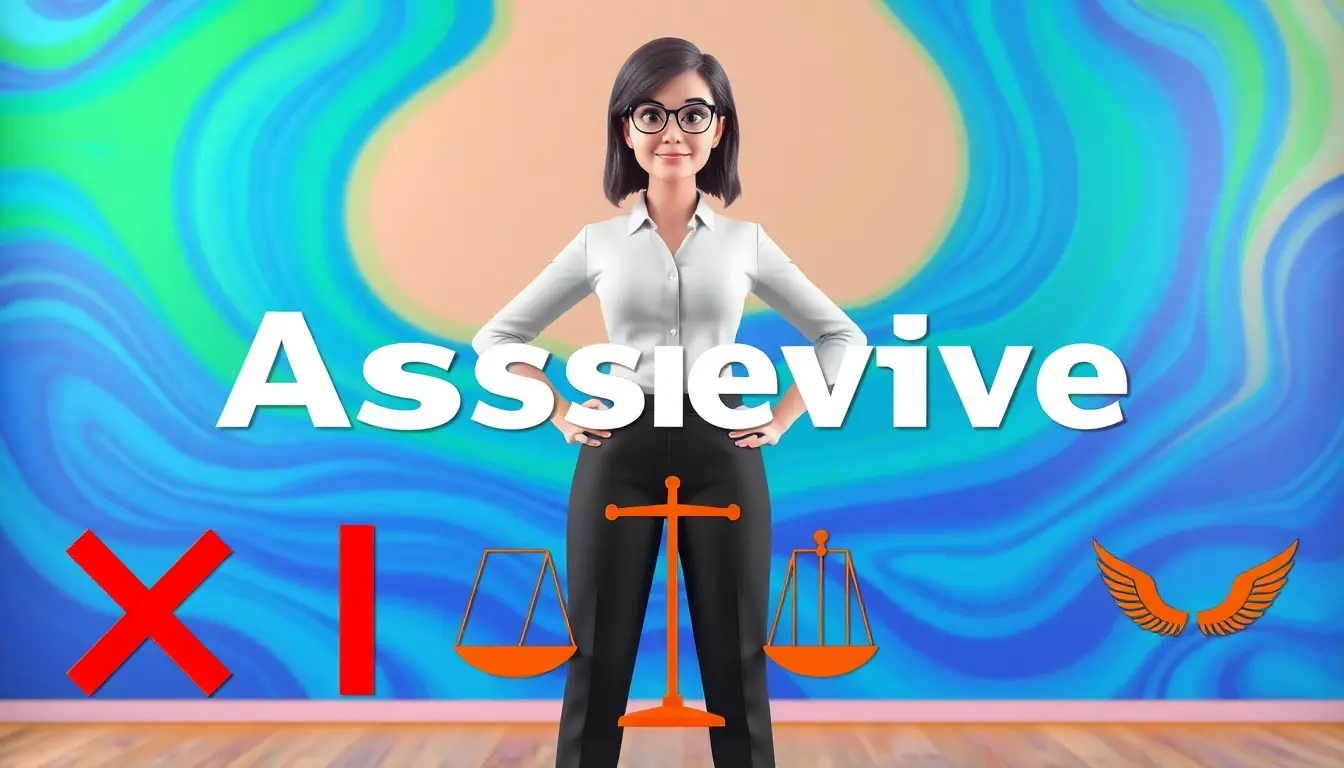Who is James Sebenius?
James Sebenius is a renowned American negotiation expert, author, and professor. He is currently the Gordon Donaldson Professor of Business Administration at Harvard Business School. Sebenius is widely recognized for his work on negotiation strategy, deal-making, and dispute resolution. His expertise has been sought after by top corporations, governments, and international organizations.
Sebenius’s work focuses on the art of negotiation, emphasizing the importance of understanding the underlying dynamics of a negotiation. He believes that effective negotiation is not just about reaching an agreement but about creating value for all parties involved. His approach is centered around understanding the interests, needs, and motivations of the parties involved, rather than just their positions.
The Three Types of Negotiation
According to Sebenius, there are three types of negotiation: distributive, integrative, and creative. Distributive negotiation involves dividing a fixed pie, where one party’s gain is the other party’s loss. Integrative negotiation, on the other hand, involves finding a mutually beneficial solution, where both parties gain. Creative negotiation involves finding innovative solutions that create value for all parties.
Sebenius argues that most negotiations involve a combination of these three types. Effective negotiators must be able to navigate between these different types of negotiation to achieve their goals. He provides tools and strategies for negotiators to analyze the negotiation landscape, identify opportunities for value creation, and develop effective negotiation plans.
The Importance of BATNA
One of Sebenius’s most significant contributions to the field of negotiation is the concept of BATNA (Best Alternative to a Negotiated Agreement). BATNA refers to the best outcome a party can achieve if the negotiation fails. Sebenius emphasizes the importance of having a strong BATNA, as it provides a safety net and increases a party’s bargaining power.
Having a strong BATNA also allows negotiators to walk away from a bad deal, which is essential in maintaining a strong negotiation position. Sebenius provides guidance on how to develop a strong BATNA, including identifying alternative options, assessing their feasibility, and creating a contingency plan.
Sebenius’s Negotiation Strategy
Sebenius’s negotiation strategy is centered around understanding the underlying dynamics of a negotiation. He advocates for a comprehensive approach that takes into account the interests, needs, and motivations of all parties involved. His strategy involves:
-
Analyzing the negotiation landscape to identify opportunities for value creation
-
Developing a strong BATNA to increase bargaining power
-
Focusing on interests rather than positions
-
Using objective criteria to support negotiation positions
-
Employing creative negotiation tactics to find innovative solutions
Sebenius’s approach is not limited to business negotiations. His strategies can be applied to any negotiation situation, from personal relationships to international diplomacy.
Sebenius’s Work in Practice
Sebenius’s work has been applied in a wide range of contexts, from business negotiations to international conflict resolution. His strategies have been used by top corporations, governments, and international organizations to negotiate complex deals and resolve disputes.
For example, Sebenius worked with the United States government to develop a negotiation strategy for the Iran nuclear talks. His approach helped to create a framework for the negotiations, which ultimately led to the signing of the Joint Comprehensive Plan of Action (JCPOA).
Criticisms and Controversies
While Sebenius’s work has been widely praised, it has not been without criticism. Some have argued that his approach is too focused on individual negotiators, rather than the broader structural factors that influence negotiation outcomes. Others have criticized his emphasis on creative negotiation tactics, arguing that they can be seen as manipulative or deceptive.
Despite these criticisms, Sebenius’s work remains highly influential in the field of negotiation. His strategies and approaches have been widely adopted, and his work continues to shape the way we think about negotiation.
FAQ
Who is James Sebenius?
James Sebenius is a renowned American negotiation expert, author, and professor at Harvard Business School.
What is BATNA?
BATNA stands for Best Alternative to a Negotiated Agreement, which refers to the best outcome a party can achieve if the negotiation fails.
What are the three types of negotiation according to Sebenius?
The three types of negotiation according to Sebenius are distributive, integrative, and creative.
What is Sebenius’s approach to negotiation?
Sebenius’s approach to negotiation is centered around understanding the underlying dynamics of a negotiation, focusing on interests rather than positions, and using objective criteria to support negotiation positions.
What is the significance of Sebenius’s work?
Sebenius’s work has been widely influential in the field of negotiation, and his strategies and approaches have been widely adopted in a range of contexts, from business negotiations to international conflict resolution.
Conclusion
James Sebenius is a leading expert in the field of negotiation, and his work has had a profound impact on the way we think about negotiation. His strategies and approaches have been widely adopted, and his influence extends beyond the business world to international diplomacy and conflict resolution. By understanding Sebenius’s work and applying his strategies, negotiators can improve their skills and achieve better outcomes in any negotiation situation.







Leave a Reply